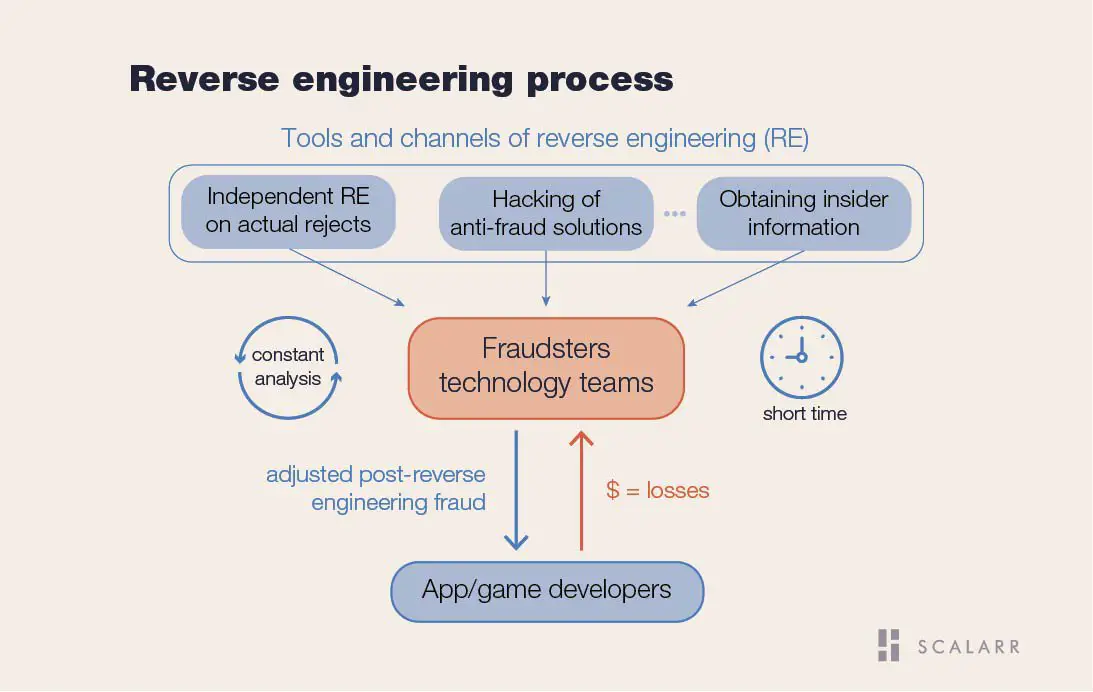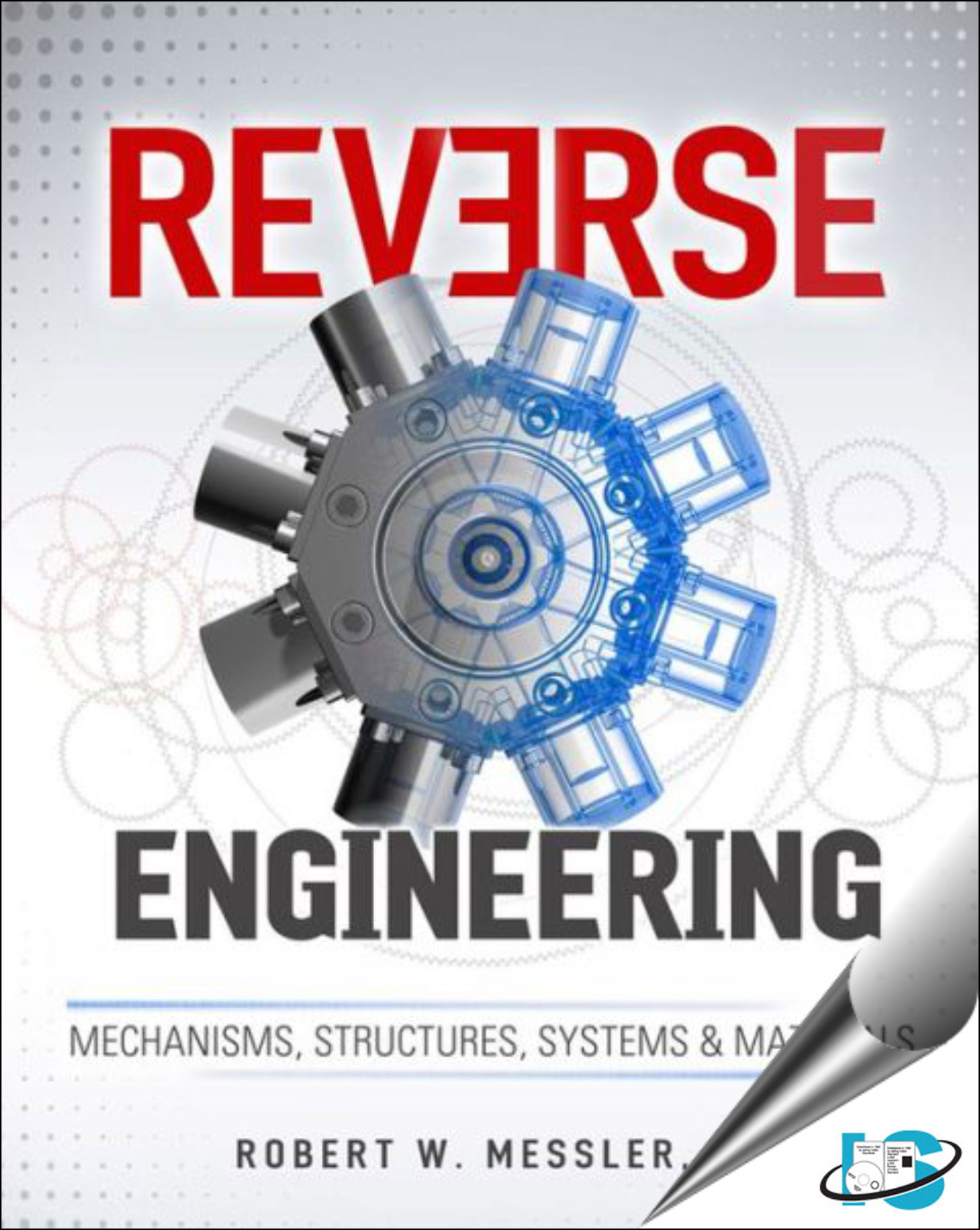Reverse engineering for preservation is a process by which digital artifacts are analyzed and reconstructed in order to preserve them and make them accessible for future generations. This process is important because digital artifacts are often at risk of being lost or corrupted, and reverse engineering can help to ensure that they are preserved and accessible in the long term.

There are a number of different techniques that can be used for reverse engineering digital artifacts. These techniques include:

- File analysis: This involves examining the structure and contents of a digital file in order to determine how it was created and how it can be accessed.
- Code analysis: This involves examining the source code of a digital artifact in order to determine how it works and how it can be modified.
- Disassembly: This involves taking a digital artifact apart in order to examine its individual components and how they work together.
- Emulation: This involves creating a software or hardware environment that simulates the original environment in which a digital artifact was created. This can allow the artifact to be accessed and used in a way that is similar to the way it was originally used.
Reverse engineering for preservation can be a complex and challenging process, but it is an important one for preserving our digital heritage. By using reverse engineering techniques, we can help to ensure that future generations will be able to access and use digital artifacts that are important to our culture and history.

Benefits of Reverse Engineering for Preservation
There are a number of benefits to using reverse engineering for preservation, including:
- Preservation of digital artifacts: Reverse engineering can help to preserve digital artifacts by creating copies of them that can be stored in a safe and secure location. This can help to protect the artifacts from being lost or corrupted.
- Accessibility of digital artifacts: Reverse engineering can help to make digital artifacts more accessible by creating new ways to access and use them. For example, reverse engineering can be used to create emulators that allow users to run old software on new hardware.
- Understanding of digital artifacts: Reverse engineering can help us to understand how digital artifacts work and how they were created. This knowledge can be used to create new and innovative digital artifacts.
Challenges of Reverse Engineering for Preservation
There are also a number of challenges associated with using reverse engineering for preservation, including:
- Complexity of digital artifacts: Digital artifacts can be very complex, making them difficult to reverse engineer. This complexity can make it difficult to create accurate and reliable copies of digital artifacts.
- Lack of documentation: Many digital artifacts are not well-documented, which can make it difficult to understand how they work and how they were created. This lack of documentation can make it difficult to reverse engineer digital artifacts accurately.
- Legal and ethical issues: Reverse engineering can sometimes raise legal and ethical issues. For example, it may be illegal to reverse engineer software that is protected by copyright. It is important to be aware of these issues before undertaking any reverse engineering projects.
Conclusion
Reverse engineering for preservation is a valuable tool for preserving our digital heritage. By using reverse engineering techniques, we can help to ensure that future generations will be able to access and use digital artifacts that are important to our culture and history.## Reverse Engineering for Preservation: Saving Digital Artifacts
Executive Summary
The rapid evolution of digital technology has led to an increasing amount of our cultural heritage being stored in digital formats. However, this poses a significant challenge for preservation, as digital formats are vulnerable to loss, obsolescence, and technological change. Reverse engineering is a powerful technique that can be used to address these challenges and preserve our digital heritage for future generations.
Introduction
Digital technologies continue to evolve, resulting in their increased dominance across various disciplines. As a result of this rapid digital transformation, a treasure trove of our priceless cultural heritage now resides exclusively in digital form, making it more accessible and convenient than ever before. However, this pervasive reliance on digital storage has brought forth a daunting task regarding their archival and preservation: ensuring that these invaluable digital artifacts do not deteriorate over time or become inaccessible to digital formats.
Reverse Engineering: A Powerful Preservation Tool
Reverse engineering has emerged as a powerful tool capable of meeting the unique preservation challenges of the digital age. Through this transformative process, the structure and functionality of digital artifacts are painstakingly and meticulously extracted, enabling the creation of emulation environments that faithfully recreate the original software and hardware systems. Consequently, we can effectively thwart the march of technological obsolescence and ensure the continued accessibility of these cherished digital assets.
Unveiling the Multifaceted Benefits of Reverse Engineering for Digital Preservation
The profound impact of reverse engineering reaches far beyond mere technological preservation; it revolutionizes the broader conservation landscape, paving the way for the revitalization of obsolete software, fostering compatibility with contemporary hardware, and safeguarding precious cultural heritage. In recognition of its remarkable prowess, it is imperative to dissect and analyze the five critical dimensions of reverse engineering, shedding light upon their transformative role in the dynamic realm of digital preservation.
1. Preserving Endangered Software Artifacts
Confronting the inexorable march of obsolescence, reverse engineering valiantly saddles up to save endangered software relics from digital oblivion.
- By meticulously dissecting the software’s inner workings, developers can reconstruct its functionalities, thus ensuring its compatibility with newer operating systems and safeguarding it from the ravages of time.
- This life-giving process ensures the continued availability of legacy software applications, preventing their consignment to technological purgatory.
- Reverse engineering aids in unearthing bugs and vulnerabilities within legacy code, thereby laying the groundwork for essential security patches, strengthening the resilience of timeworn software against modern cyber threats.
2. Resurrecting Retro Environments
Reverse engineering hearkens back to the annals of time, resurrecting retro environments that ignite nostalgia and facilitate historical exploration.
- The emulation of vintage software and hardware platforms opens a portal to the past, enabling users to revisit cherished digital experiences and software titles that would otherwise be relegated to the dustbin of history.
- The re-creation of retro gaming consoles, operating systems, and graphic user interfaces provides an invaluable resource for researchers delving into the evolution of digital technology.
- Through this temporal gateway, education takes on a new dimension, introducing future generations to the foundational technologies that paved the way for today’s digital landscape.
3. Facilitating Valuable Insight and Historical Context
Reverse engineering serves as a window into the past, illuminating the inner workings of historical software and providing a profound understanding of the intent and ingenuity of the original developers.
- Reverse engineering yields intricate knowledge about the software’s design principles, algorithms, and data structures, allowing present-day developers to glean invaluable lessons from the pioneers of computing.
- By unveiling the software’s innermost secrets, reverse engineering illuminates the historical context, social influences, and technological constraints that shaped its development, offering a comprehensive understanding of the software’s significance and impact.
- Through this rigorous scrutiny, reverse engineering uncovers the intellectual foundations of the software, revealing the pathbreaking ideas that revolutionized entire industries and transformed society’s relationship with technology.
4. Expediting the Modernization of Legacy Software
Reverse engineering offers a springboard for revitalizing legacy software and propelling it seamlessly into the modern era.
- Through the emulation of legacy software on contemporary platforms, reverse engineering renders antiquated software accessible on a wide array of devices, extending its viable lifespan and user base.
- Reverse engineering streamlines the arduous process of porting legacy software to modern operating systems, enabling businesses to maintain compatibility with existing systems and safeguard mission-critical applications from disruptive obsolescence.
- With the ability to analyze and manipulate legacy code, developers can extract business logic, algorithms, and data structures, repurposing these assets in modern applications, accelerating the digital transformation journey.
5. Advancing Interdisciplinary Research
Reverse engineering has become an indispensable tool for interdisciplinary research, fostering groundbreaking work across diverse academic fields.
- In the realm of computer science, reverse engineering opens up new avenues of exploration, enabling researchers to investigate software architecture, vulnerability analysis, and security assessment, pushing the boundaries of software engineering.
- Historians leverage reverse engineering to unearth insights into historical software, recovering lost code and reconstructing digital artifacts, shedding light on the evolution of technology and its societal impact.
- Reverse engineering empowers cultural anthropologists to analyze digital artifacts, comprehending the cultural and social context in which software is developed and utilized, delving into the intricate relationship between technology and human behavior.
Conclusion
Reverse engineering has established itself as a cornerstone of digital preservation, safeguarding our irreplaceable digital patrimony for posterity. It grants us the power to traverse temporal boundaries, breathing new life into obsolete technologies and allowing societies to continue engaging with the software relics of forgotten eras.
As technology continues its relentless charge forward, we can safely navigate the turbulent tides of obsolescence and change, secure in the knowledge that reverse engineering stands ready to protect the monumental achievements of the digital age. However, the effective implementation of reverse engineering hinges upon the collaborative efforts of skilled developers, historians, legal experts, and educators. By uniting their diverse perspectives and expertise, society can unlock the boundless potential of reverse engineering and ensure the perpetual accessibility of our digital heritage.
Keyword Phrase Tags:
- Digital preservation
- Reverse engineering
- Emulation
- Legacy software
- Software modernization


It’s very interesting How to save my favorite video
Sounds bad and too complicated to understand 🤦♂️
I think this article contains very important knowledge that did not go to my mind before.
I did not understand anything that was mentioned 🙄
this article is so long and I don’t think anyone will read it recently, so it is bad 🙄
what a silly topic to talk about
I will preserve my memories of the past from damaged. That’s so great and useful tool
you wrote very good about such a strange topic
I do not think this is useful and I will never use reverse engineering